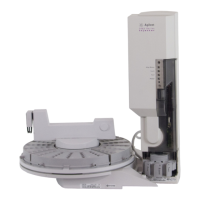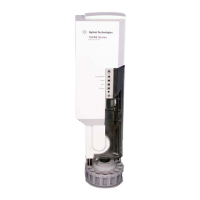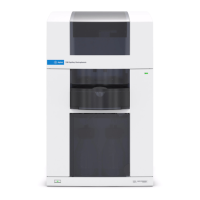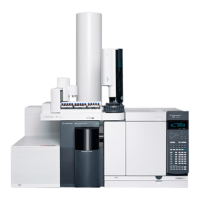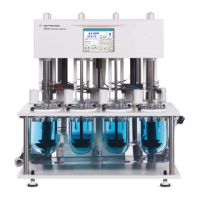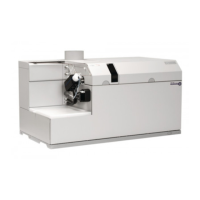Special Topics
Performing cool on-column injection onto 250-µm and 320-µm columns
159
retention gap. The retention gap should be wetted by the solvent, which means
it should be deactivated with a material of similar polarity. Fused silica tubing
is commercially available in a range of diameters and deactivations.
Press-fit connectors
Press-fit connectors are easy-to-use, general-purpose connectors for coupling
capillary columns of the same or different diameters.
Advantages: They are inexpensive, have low dead volume, fit most fused
silica columns, have low mass (no thermal lag), and are transparent. In most
cases, simply pressing the column ends into the connector is the only
installation task; heat from the oven completes the seal.
Disadvantages: Because they are made of glass, these connectors may be too
reactive for some compounds. Deactivated press-fit connectors are available
from the Agilent columns and supplies catalog. In addition, they may need
separate heating for a reliable seal, and they expose a small amount of
polyimide to the sample. If simply pressing the column ends into the connector
does not give a good seal, try the following procedure:
1. Cut clean, square ends on the columns, and wipe them with methanol to
remove fingerprints and dust.
2. Grasp one end of the connector with a folded tissue to avoid burned
fingers. Heat the other end with a hot-air gun (clamped in a ring stand so
hands are free) for about 30 seconds. Remove the connector from the heat,
and immediately insert the column. Hold for about 1 minute while the
fitting cools and shrinks around the column. Repeat with the other
connection.
3. Finish forming the seal in the GC oven, above 200°C with low carrier
pressure. You should now be able to see the polyimide seal.
Butt connectors
Butt connectors are also popular for connecting precolumns to columns,
particularly for high-temperature use. Different-size ferrules are used,
depending on the size of the columns. Because column ends are in contact with

